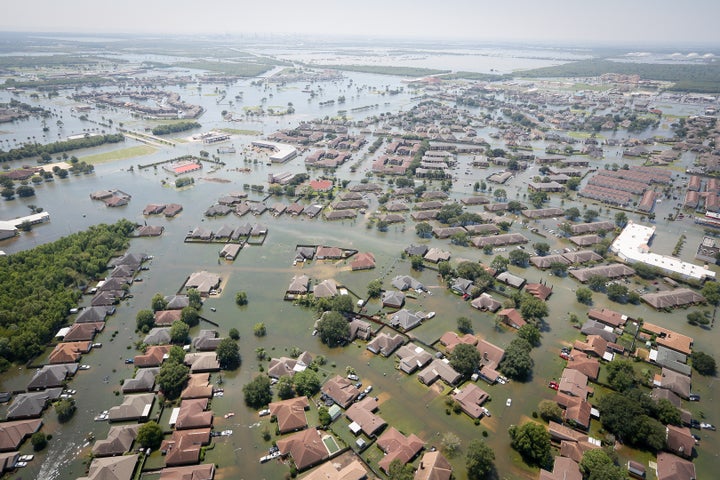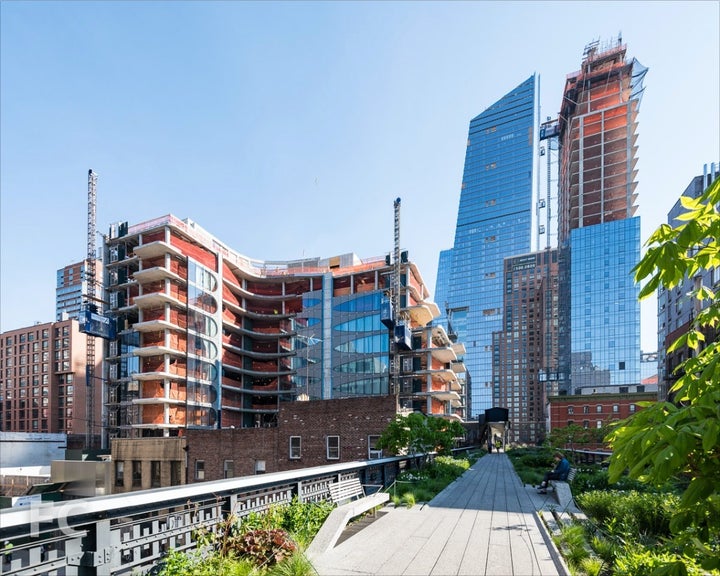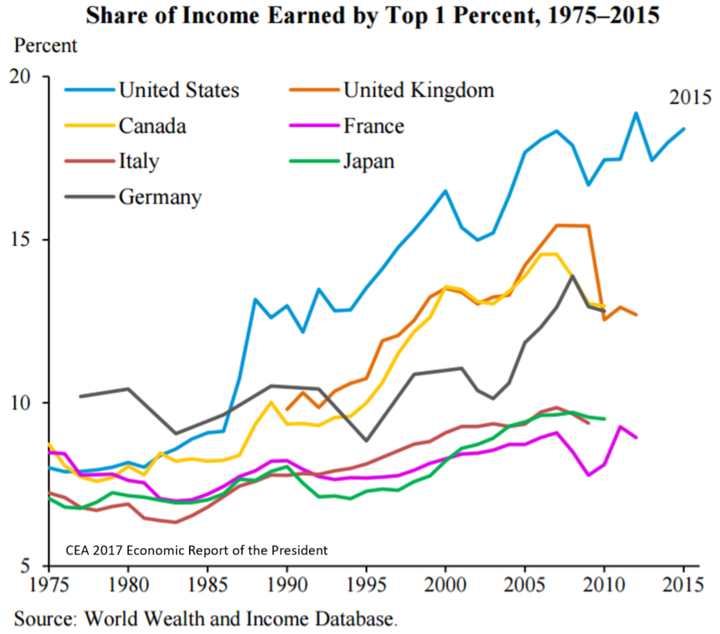
When Hurricane Harvey displaced 30,000 people in Houston and Hurricane Irma threw the lives of millions into disarray across Florida and the Carribean, the storms became the latest warning signs that there are serious limitations to the urban sustainability and resilience movements. In what may now be a regular call-and-response to major hurricanes making landfall, Harvey led many to point out the role land use planning played in exacerbating the damage and the inequities associated with those impacted the most. With more storms coming, these arguments should be part of our regular political debate at all levels.
Why have decades of effort to make cities more sustainable not affected outcomes in circumstances like Hurricane Harvey? Primarily, because the political project that underlies the concept of urban sustainability has not been seriously addressed. This same problem has extended to the more contemporary concept of resilience and the recent efforts to achieve smart and adaptive cities.
Resilience: The New Sustainability?
The essential quality of the concept of sustainable urbanization is that it puts economic growth, social equity, and ecological preservation goals on even political footing within land use decision-making. In this ideal, those who profit from growth have no more say than those who advocate for environmental preservation and protections for the most vulnerable residents. Yet, we have seen a number of instances wherein mainstream urban sustainability initiatives sacrificed this essence by forwarding land use polices based on partial gains.

Zaha Hadid designed one of the latest buildings along New York’s highline to be LEED silver certified. Meanwhile, apartments start at $5 million (US).
Think of a typical urban sustainability initiative – a high-end green building. In order to call such an initiative sustainable, there is a political accommodation. Sure, the logic goes, these buildings are mostly about creating large profits from growth, but we get some environmental benefits and we will get around to social equity later. Compromises of this sort happened repeatedly over the past three decades in the name of taking politically expedient steps forward. The result has been the shifting of cities across the world toward a state of pseudo-sustainability.
Recently, we have sought a way out of the urban pseudo-sustainability morass by formulating new concepts: the smart, adaptive, or resilient city. Perhaps these will provide opportunities that sustainability could not? As I and others argue, this has not been the case. Rather, efforts to mainstream these concepts have required the same sorts of compromises as with sustainability. These new conceptual arenas at least keep the urban land use agenda focused in some way on ecological preservation and social equity. But the project for systematically changing urban land use is still stuck in the pseudo-sustainability morass.
Sacrificing Equity
There is increasing awareness that the onset of urban pseudo-sustainability has proved especially unfavorable for social equity in cities. UN Habitat’s 2016 World Cities Report finds that 75% of the world’s cities have higher levels of income inequality than 20 years ago. The chart below shows that this trend has occurred alongside a steep rise in income inequality, especially in wealthy countries with lots of formerly industrial space in urban centers.

Especially in the US, Canada, the UK, and Germany, income inequality has soared during the period in which urban sustainability agendas have been implemented.
Many have observed that the outcomes of pseudo-sustainability forward environmental interests at the expense of social equity. In 2011, Liz Mueller and Sarah Dooling noted that “Environmental and economic rationales for redevelopment implicitly focus on the benefits brought by future residents of redeveloped neighborhoods,” but not on those of existing residents. A similar argument was made last year in the journal Nature by David Wachsmuth and colleagues who pointed out that urban sustainability policy narrowly targets ecological goals in a manner that leads to indifference to the effects on marginalized people. Earlier this year in The Proceedings of the National Academy of Science, Robert Sampson reviewed evidence from Boston, Chicago, and Los Angeles to further support the argument that urban sustainability initiatives often focus on ecosystems and physical infrastructure at the expense of creating “fissures in the civic infrastructure.” And, in her recent post to the Green Inequalities blog, Isabelle Anguelovski provides several examples, from the greenbelt in Medellin to the Highline in New York City, where cities seeking to attract new high paying industries are awash in urban greening that sometimes serves as a thinly veiled means of targeted upgrading to displace vulnerable residents.
Moving forward
It’s as if we are busying ourselves with developing new conceptual models of urbanism to avoid dealing with the politics that allow certain urban environmental initiatives to support growth at the expense of social equity. Calling for an awareness of these politics, however, is not to diminish the importance of urban greening. The response to the current side effects of urban sustainability initiatives cannot be to sacrifice social or ecological goals. Rather, the response must be to reassert the essence of urban sustainability wherein these goals are placed on equal political footing with growth agendas in the process of making land use decisions.

In some areas, like Barcelona’s Vallcarca neighborhood, direct challenges of the growth agenda have been made by local residents who have also developed their own greening and equity programs for the areas undeveloped spaces. Translation: “Enough speculation, Vallcarca for the neighbors.”
So, how do we that? how do we start to change the politics of urban sustainability and resilience in a way that we see different outcomes for cities after hurricanes? Two things are essential.
First, we need strong political coalitions that unite environmental and social equity interests. Examples of this are California’s regional planning laws and Barcelona’s neighborhood-based resistance to gentrification where social-ecological coalitions were built before negotiating with more politically powerful growth interests.
Second, in order to develop strategies for strong interventions in cities upon which coalitions can be built, we need to understand who is vulnerable to social processes that exclude marginalized populations from receiving the benefits of urban greening. These populations cannot continue to pay what housing researchers of the 1970s called “the hidden subsidy” of urban development.
See the Green Inequalities Blog for an expanded version of this article.